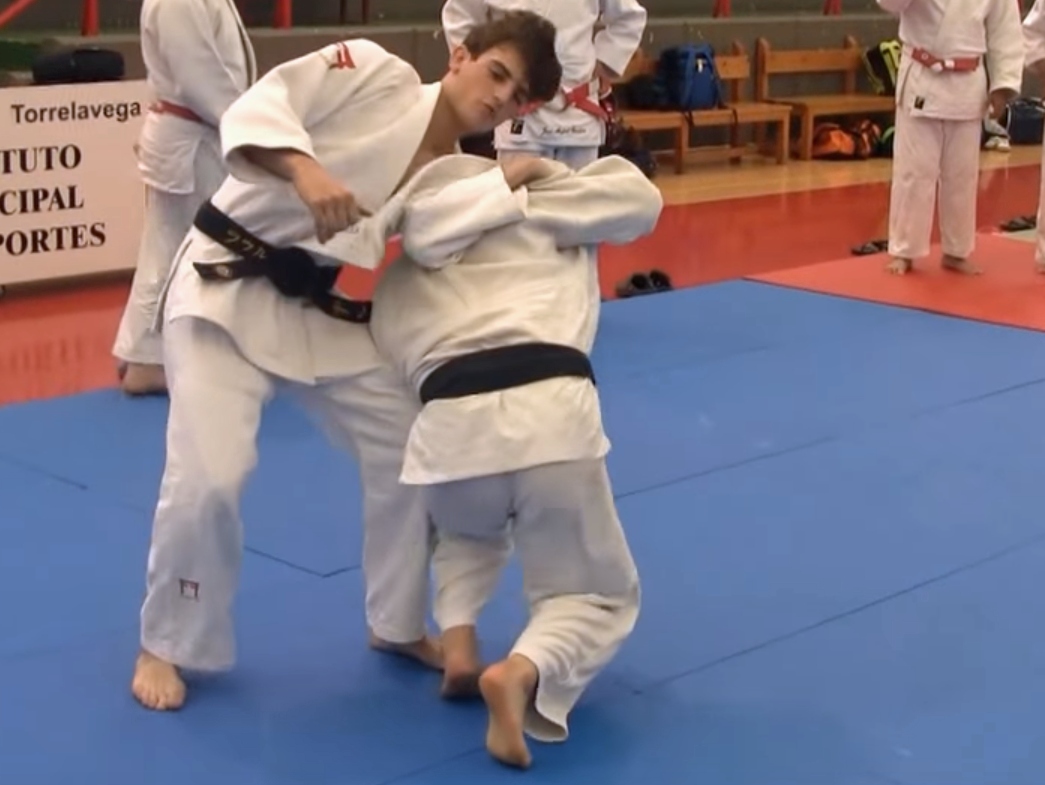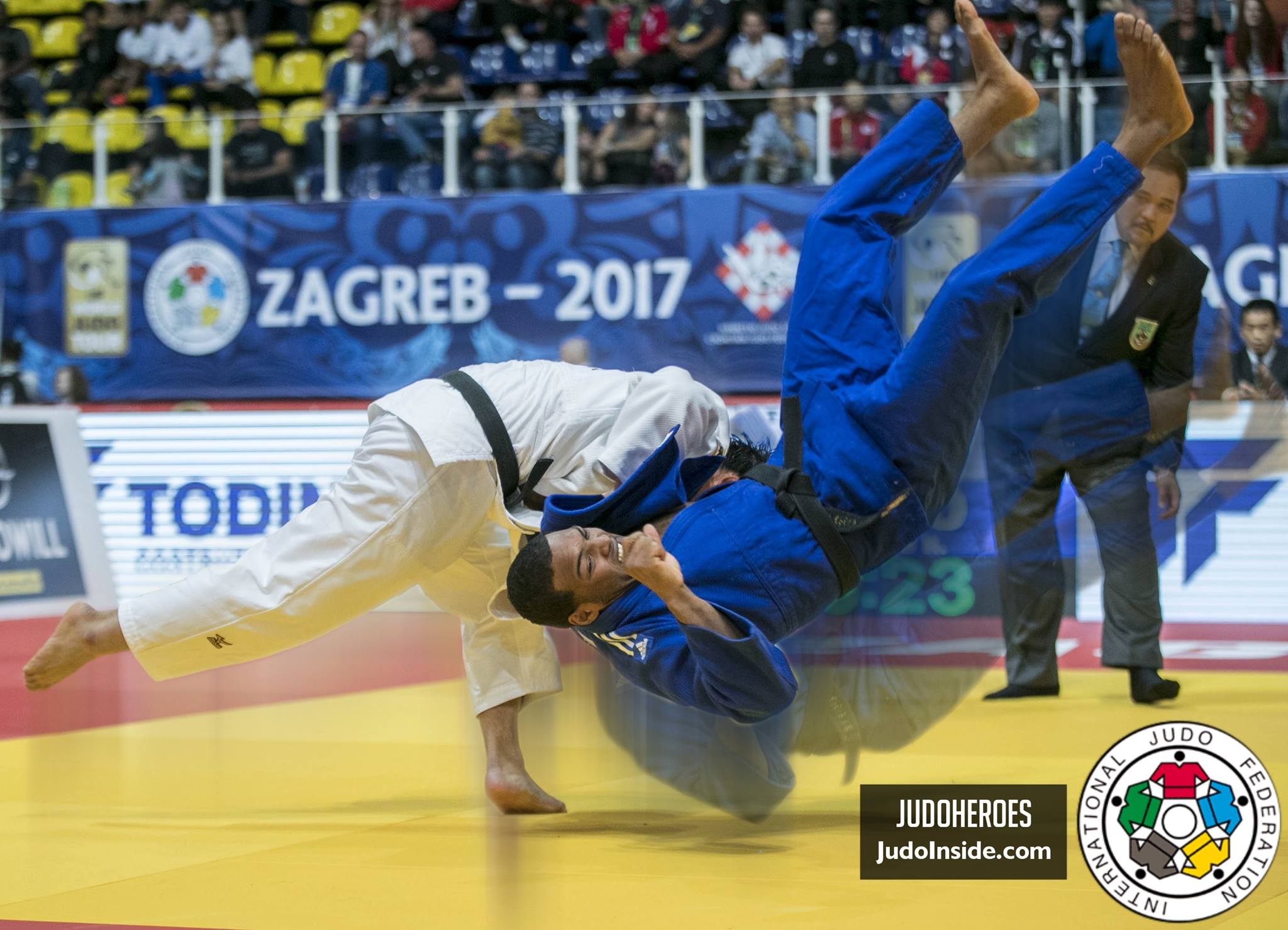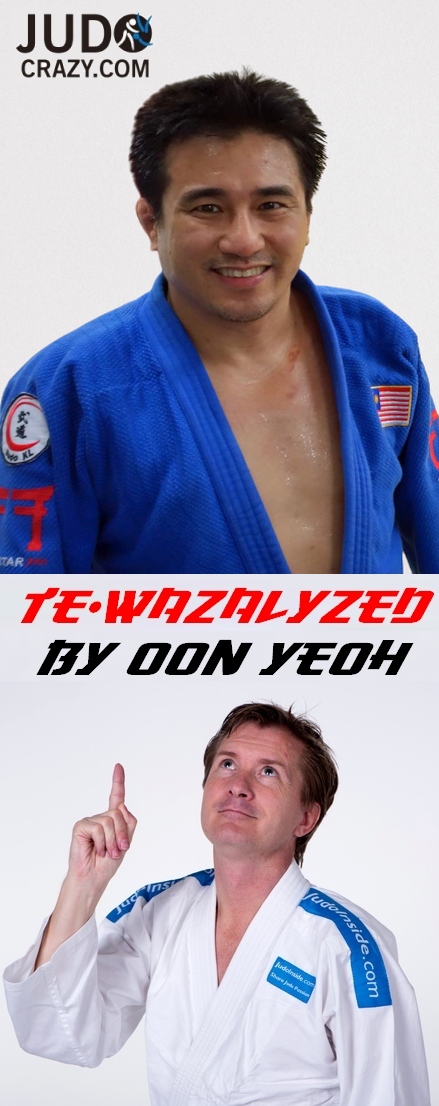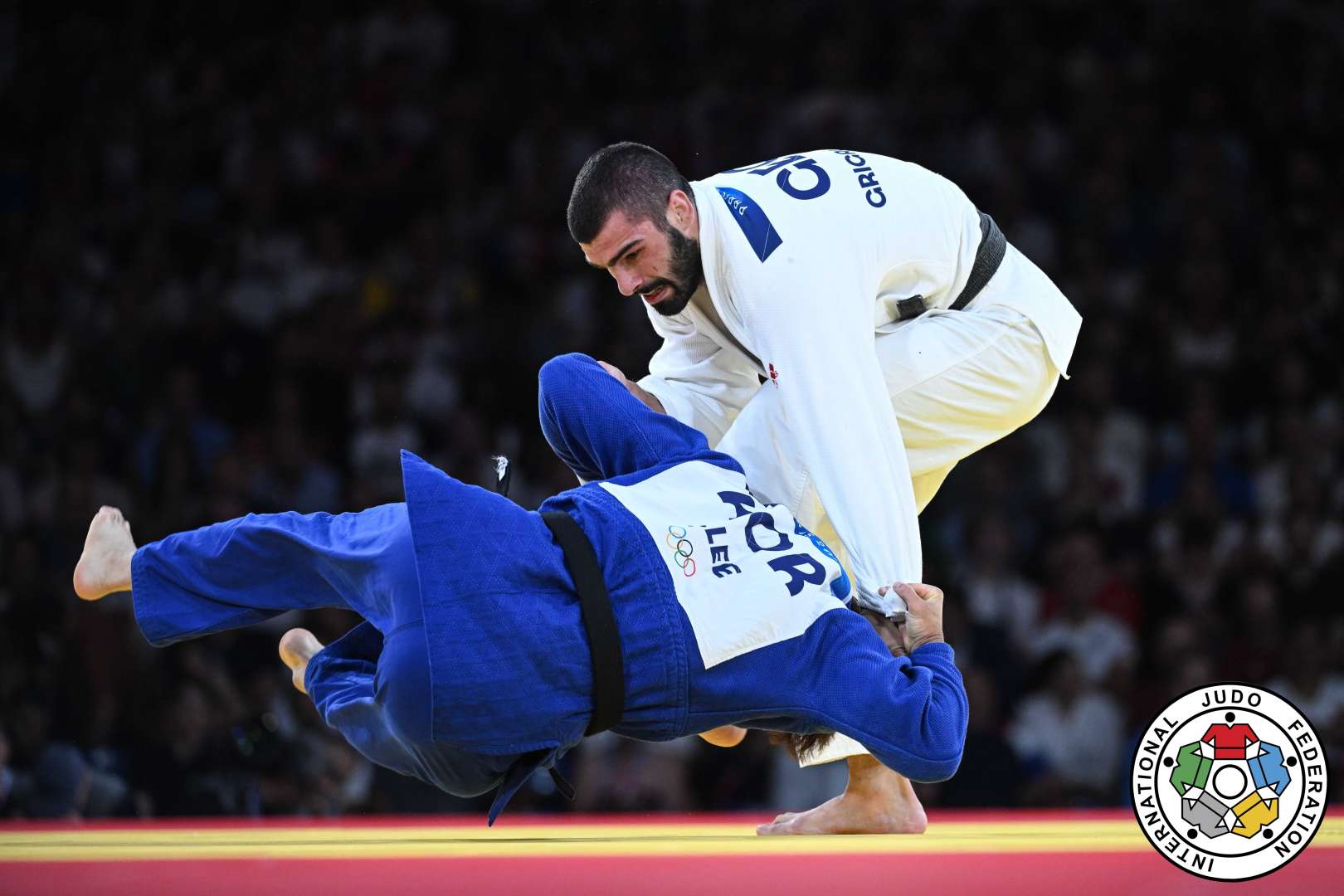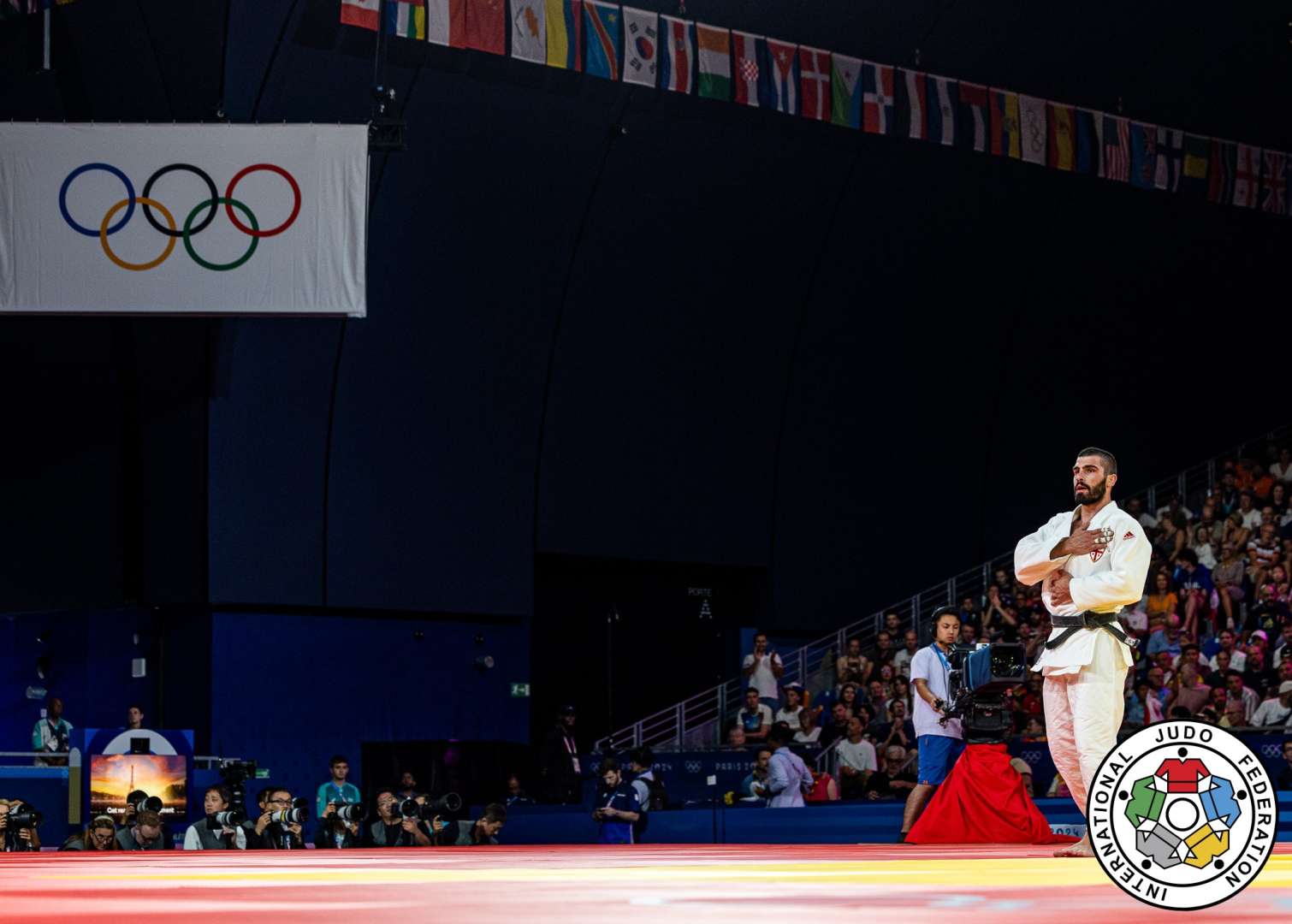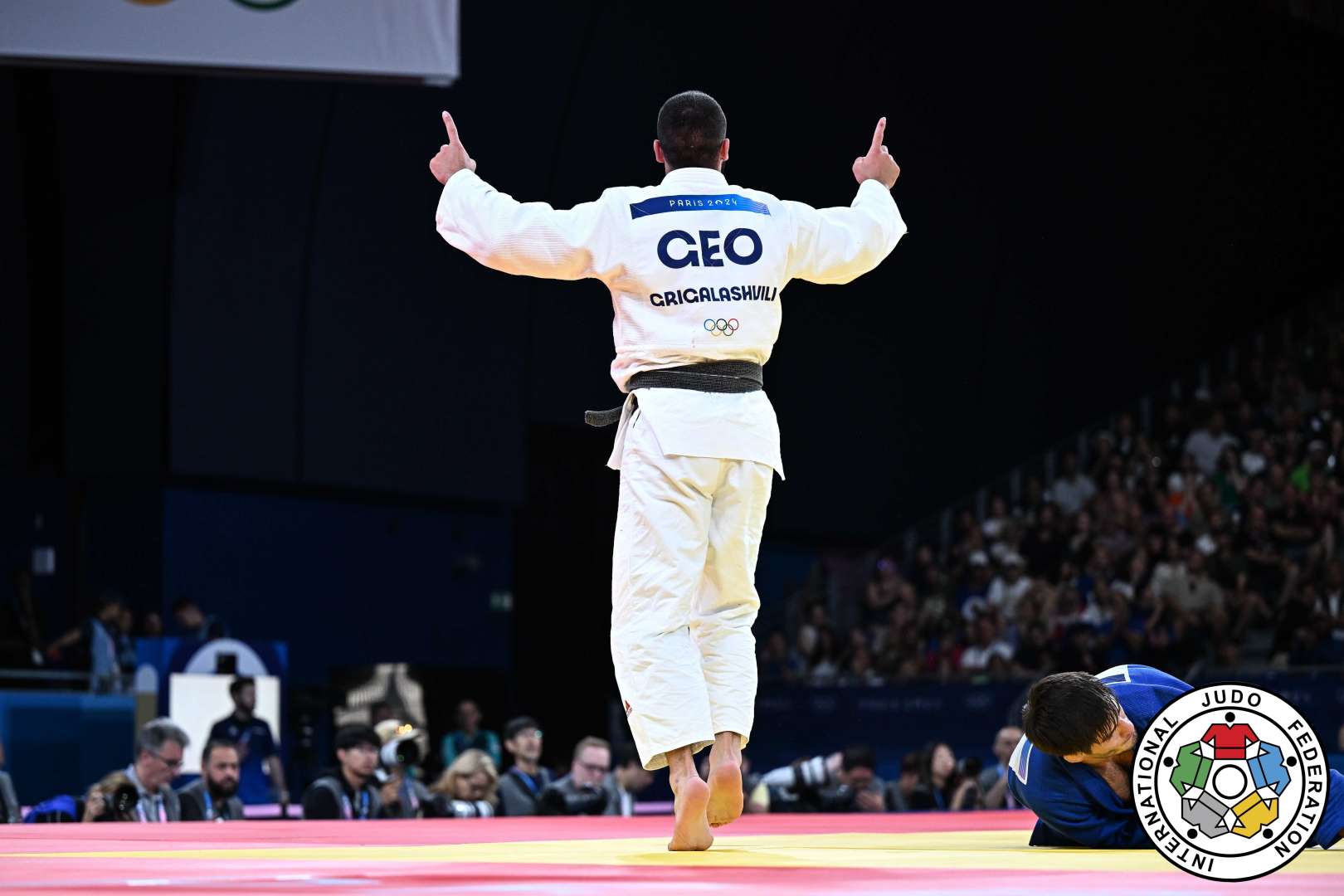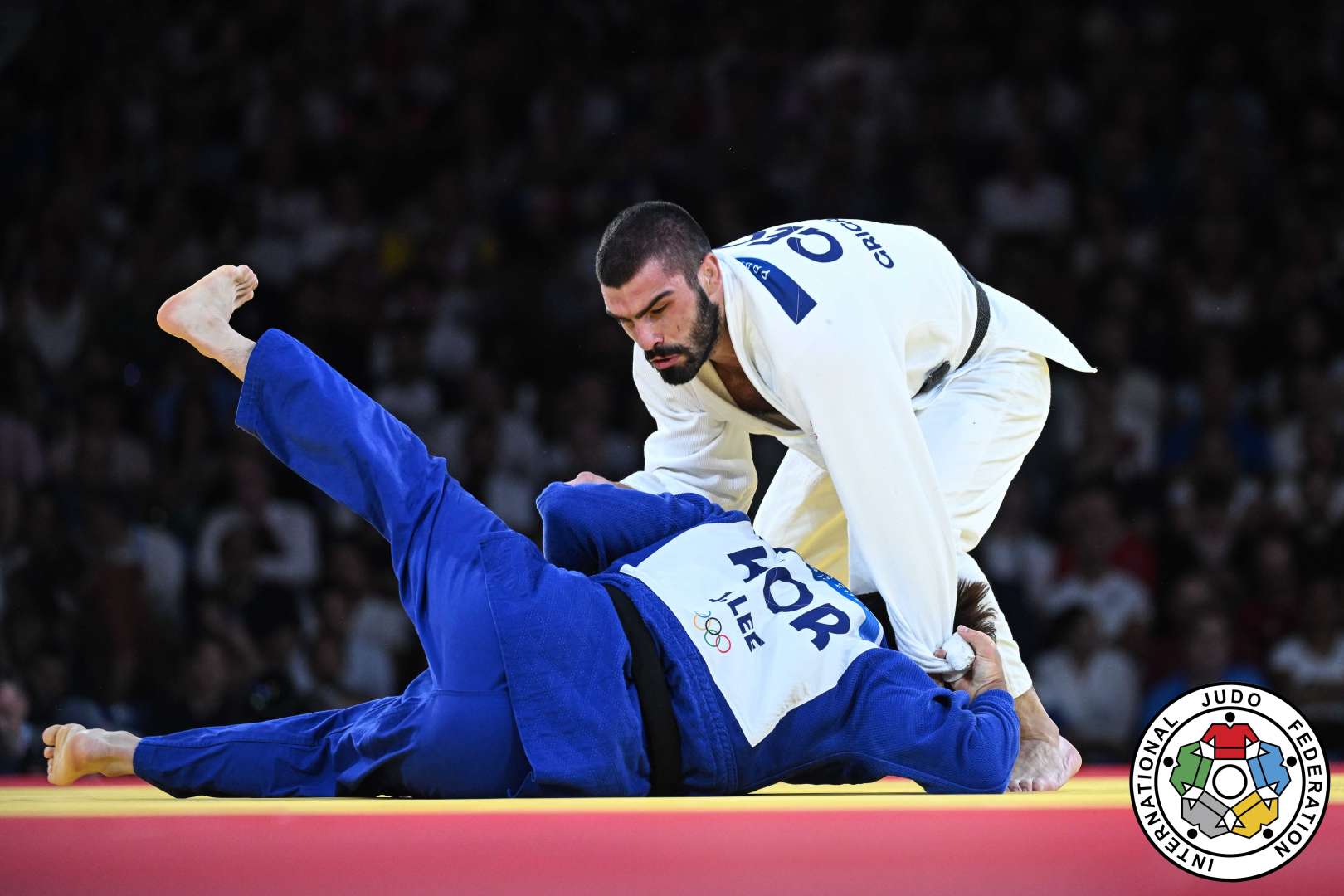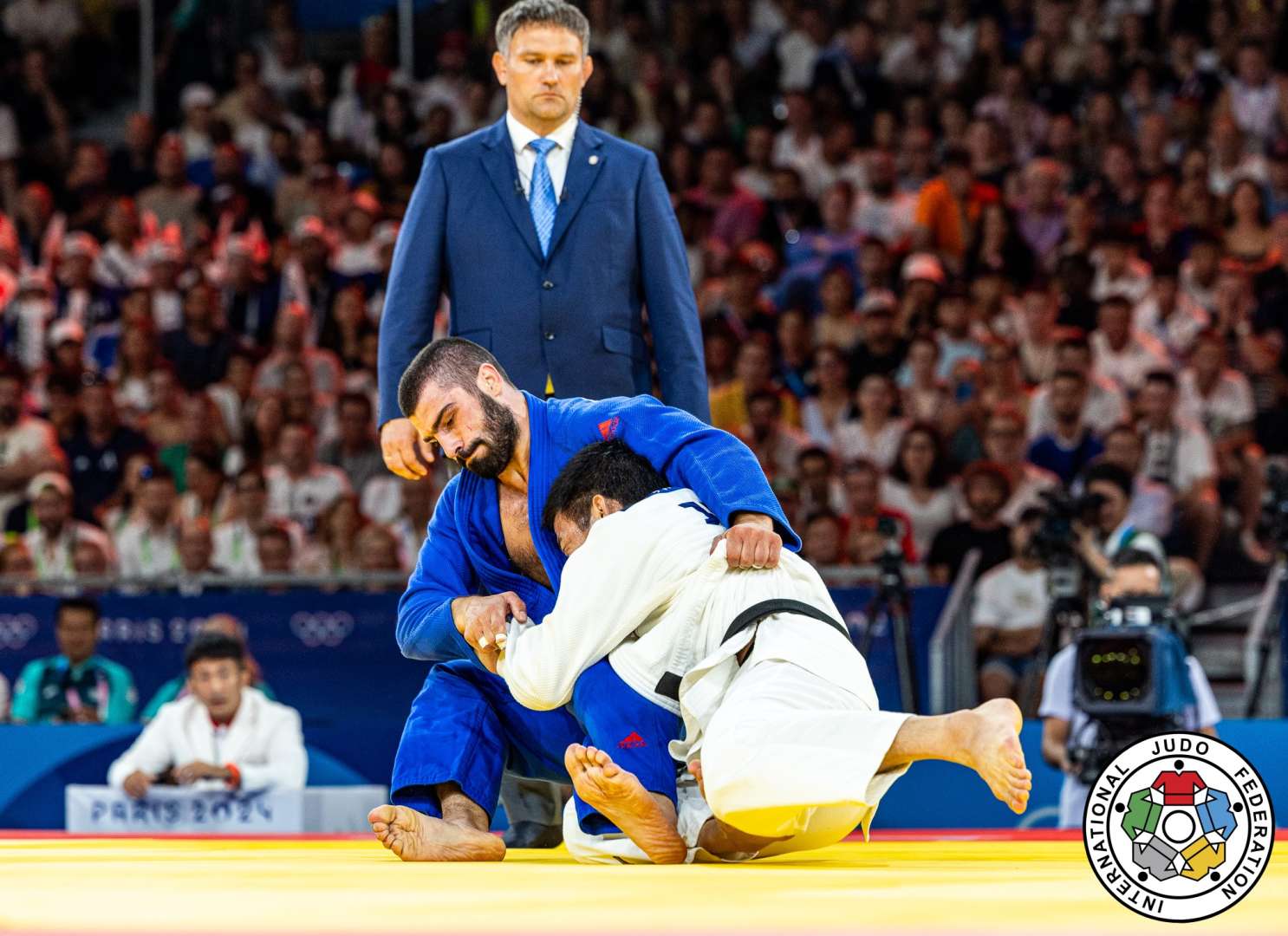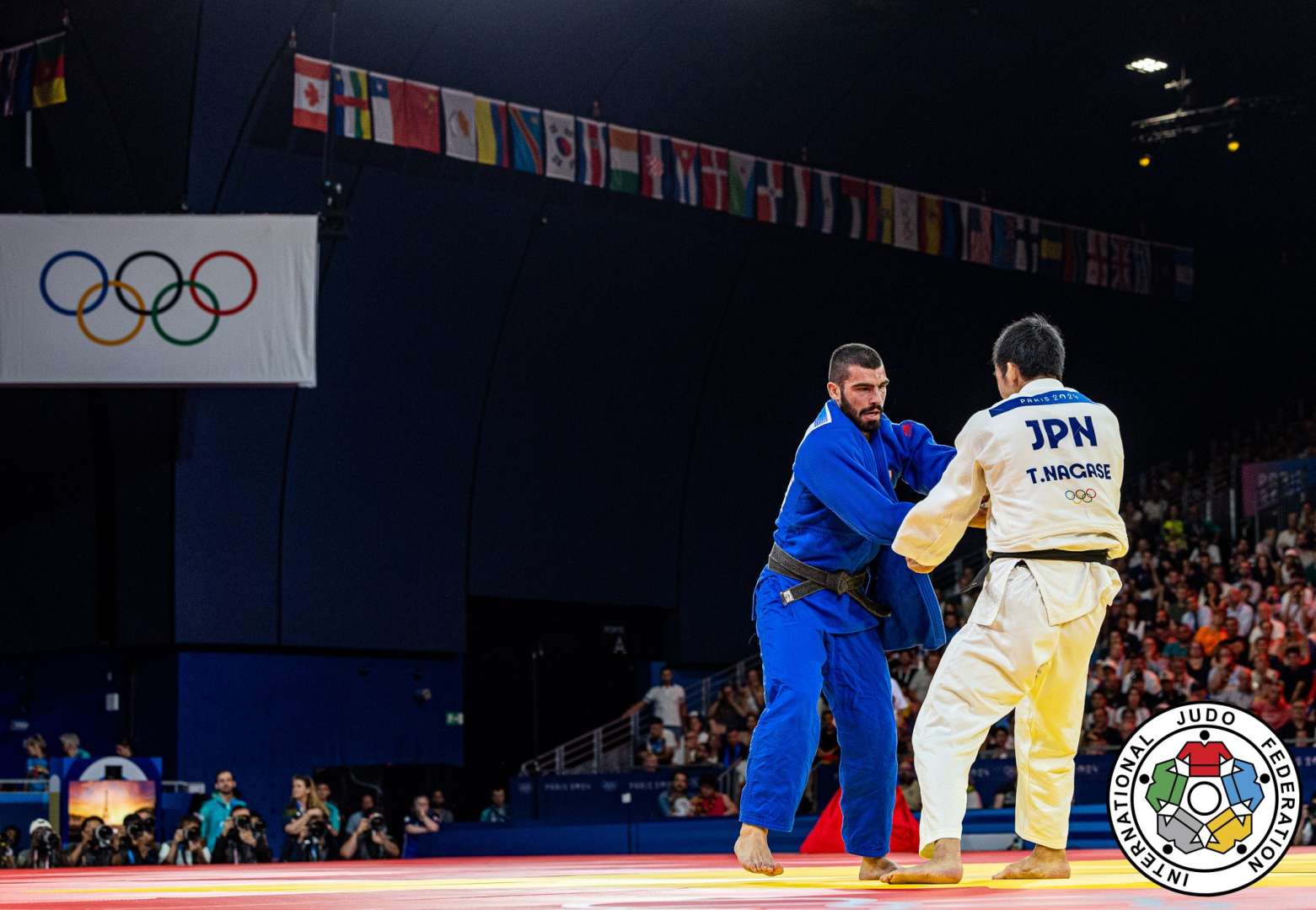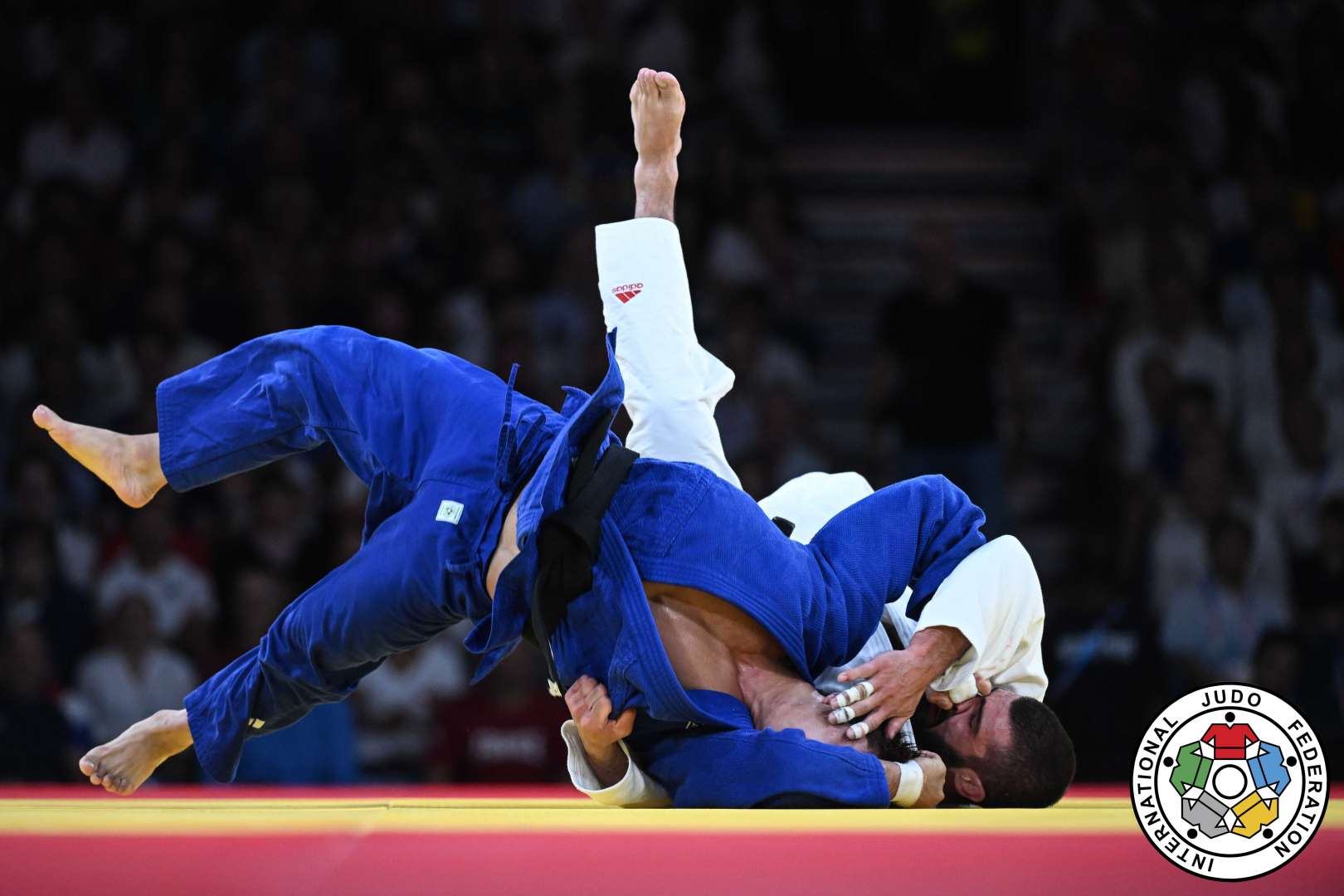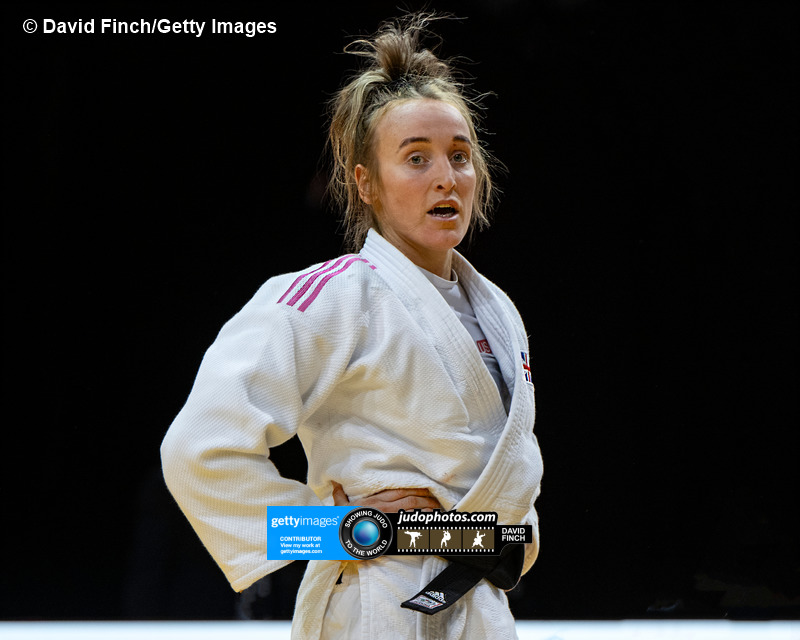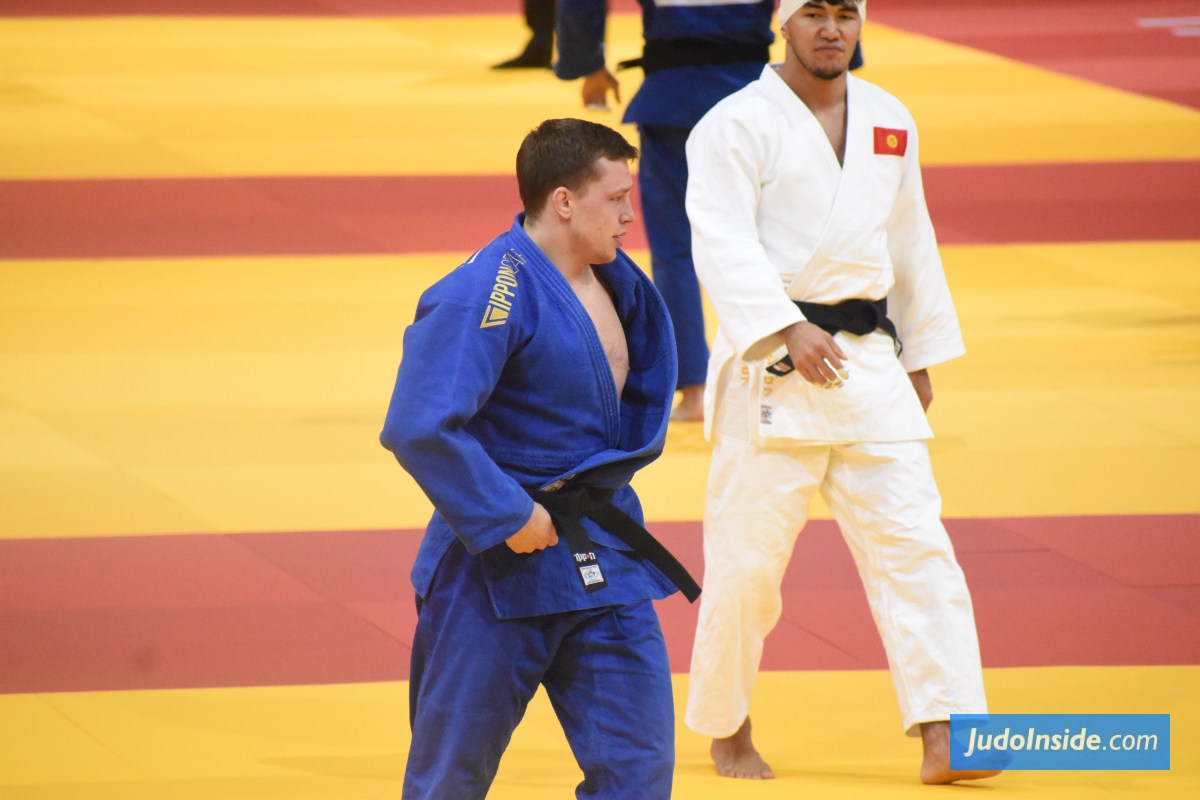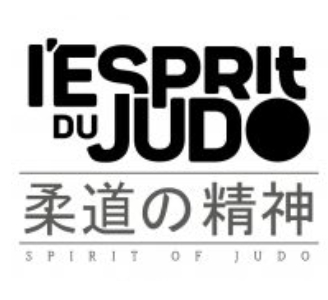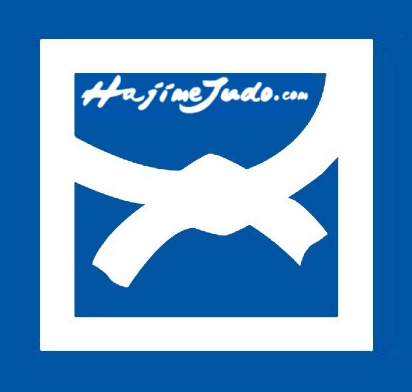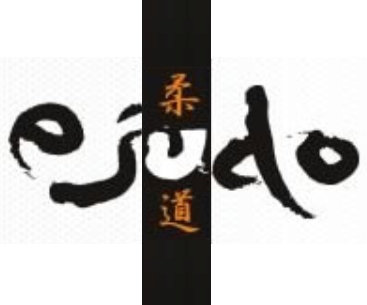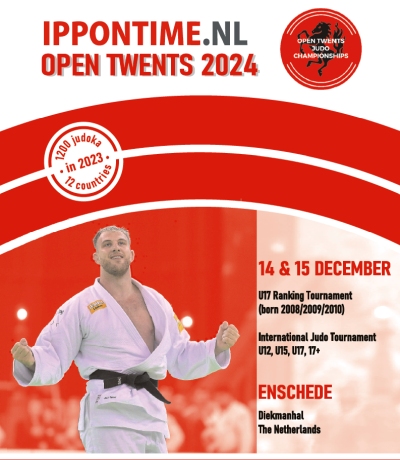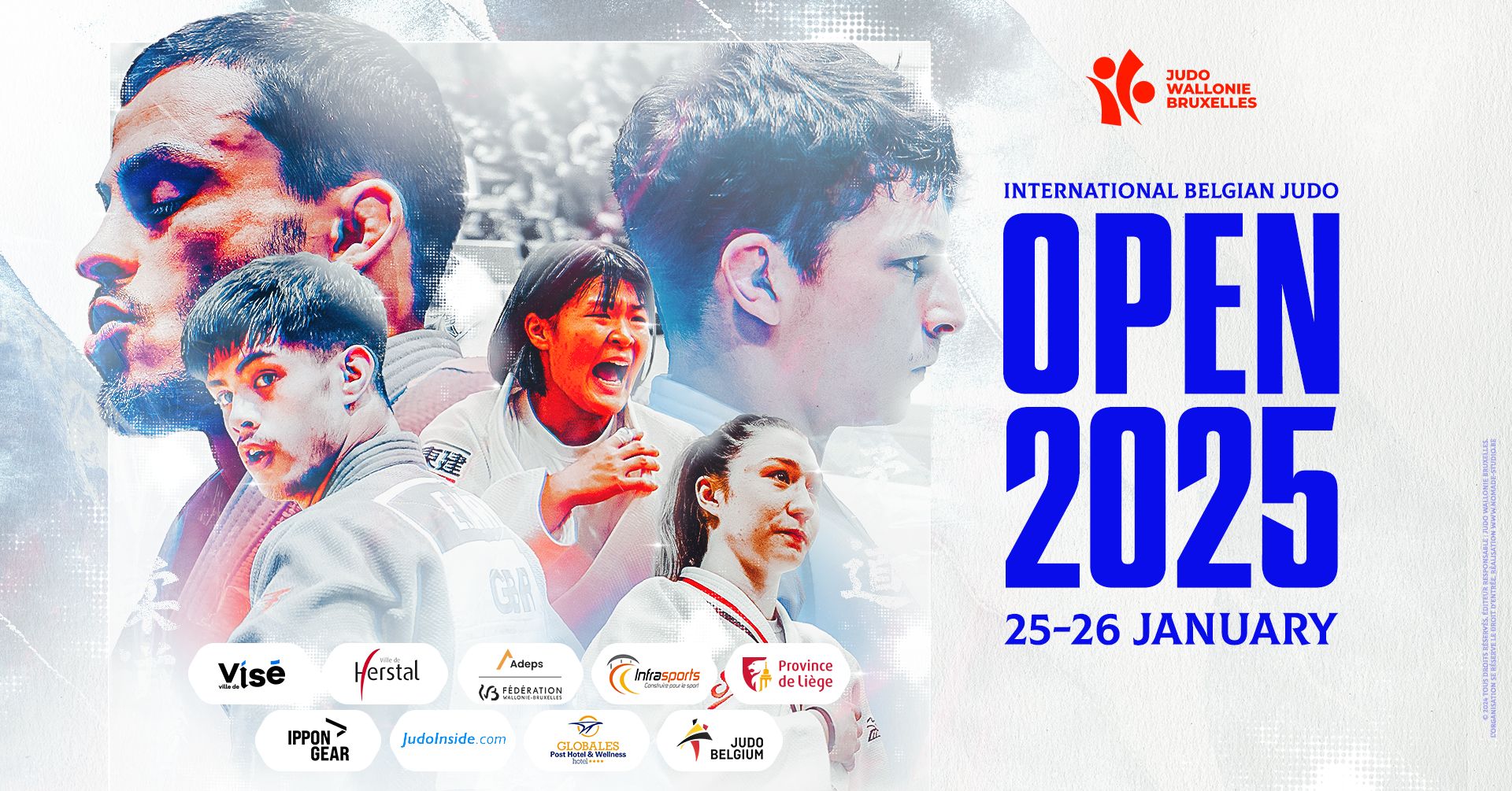Allow Reverse Seoi

 28 Aug 2024 10:45
28 Aug 2024 10:45
 by Oon Yeoh of JudoCrazy
by Oon Yeoh of JudoCrazy
 Facebook
Facebook
Over the years, techniques are occasionally added to the banned list because they are seriously dangerous. Kani-Basami was famously banned with the legendary Yasuhiro Yamashita's ankle was broken by Sumio Endo in an All-Japan Championship. That's a technique that's really dangerous and should have been banned from the start.
One technique that we felt never should have been banned is the Reverse Seoi-Nage, which was first made famous by the South Korea Olympic Champion Choi Min-ho. It later became widespread among Korean players and even Japanese players (especially the lightweights).
By the time it was banned, it had become a global phenomenon. And it was always a crowd-pleaser because of how dynamic it is.
It was banned ostensibly because it is a dangerous technique. Uke is suddenly hurled towards their back and might not know how to fall properly, it seems.
But in all the countless hours of IJF World Tour footage that we've seen, we've never come across a situation where a player was seriously injured by this throw. Of course there are occasional small injuries. But his also happens with Osoto-Gari, Uchimata and Ippon-Seoi. The point is that Reverse Seoi does not disproportionately result in injuries.
One technique that does disproportionately produce a lot of injuries is the One-Handed Sode. For sure, there are players who do it well, and can execute it flawlessly. The obvious one that comes to mind is Soichi Hashimoto of Japan. But even Hashimoto has gotten hansoku-make for doing the One-Handed Sode before, because his opponent got injured during the process.
Was he trying to injure his opponent by throwing him while straightening his arm? Of course not. It was a throw gone wrong because his opponent reacted a certain way which caused the arm to go straight and as a result, there was an injury.
The problem with the One-Handed Sode is that injuries can happen not just because of what tori does but also because of how uke reacts. If uke tries very hard to resist it, sometimes it leads to a straight arm, and thus injury. This could be due to no fault of tori. In Hashimoto's case, he always tries to throw without hurting his opponent. But if his opponent reacts in an awkward way, sometimes it can lead to injury.
A hansoku-make for tori that could be a result of how uke reacts to tori's throw is not right. And that is the case with the One-Handed Sode. We prefer to see and allow the Reverse Seoi-Nage, which is a safe throw, to come back.
 like
like
 share
share

| Result | City | Date |
|---|---|---|
| 2 | Paris | 2024 |
| 1 | Abu Dhabi | 2024 |
| 1 | Zagreb | 2024 |
| 3 | Belgrade | 2023 |
| 2 | Montpellier | 2023 |
